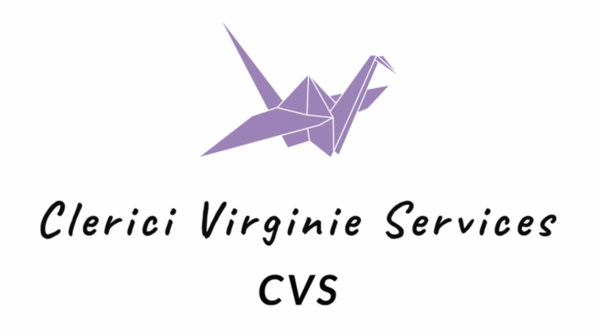The www.clerici-virginie-services.fr website is temporarily disabled...
If you are the owner of this site, please contact the host as soon as possible.
- Host : Simplébo
- Site : www.simplebo.fr
- Telephone: 01 84 17 49 76

Art therapy in Périgueux
Art-Therapy: When art becomes a key to well-being
Are you frequently confronted with stressful situations, emotional blockages or changes that are difficult to overcome? Do you find it difficult to express your feelings, or are you looking for a space where you can freely express your emotions? Art therapy is a gentle, creative solution to help you explore your inner world, ease tensions and turn challenges into opportunities. Whether you're managing a period of transition, coping with trauma or simply taking time out for yourself, I'm here to guide you on this personal journey through artistic expression.
Art therapy: art meets care
What is art therapy?
Art therapy is a discipline that combines artistic practice and treatment. It draws on the expressive power of art to enable individuals to explore their emotions, overcome difficulties or simply better understand themselves. Drawing, painting, sculpture, writing or music: all creative means become tools for expressing what words sometimes fail to convey.
The aim of art therapy is not to create a perfect work, but to let feelings, thoughts and memories emerge through the artistic process. Each creation becomes a reflection of the unconscious, a mirror in which we can observe and understand facets of ourselves often inaccessible otherwise.
A little history
Art therapy, as we know it today, has its roots in the 20th century. Its foundations are inspired by both art and therapeutic approaches such as psychoanalysis.
Carl Gustav Jung, the famous psychiatrist, was one of the first to recognize the value of artistic expression as a means of exploring the unconscious. His "mandalas" are an emblematic example of this practice.
During the Second World War, art was used as a means of rehabilitation for traumatized soldiers. Artists and psychologists found that creating art helped patients to express their fears and anxieties non-verbally.
In the 1940s-1950s, practitioners such as Margaret Naumburg and Adrian Hill helped formalize art therapy as a distinct discipline, exploring its application with patients suffering from mental, physical or emotional disorders.
Today, art therapy is widely developed and practiced in many contexts: mental health, personal development, palliative care, trauma management and much more.
The aims of art therapy
Art therapy is a gentle, adaptable approach for everyone, whatever their age or experience. It has multiple objectives:
Exploring and expressing emotions
When words aren't enough, art offers an accessible, liberating channel of expression.
Reduce stress and anxiety
Artistic creation promotes relaxation and soothing.
Building self-confidence
Discovering what you can create gives you a sense of accomplishment and pride.
Overcoming trauma
By enabling painful experiences to be revisited in a safe environment, art therapy can help people to accept and heal.
Boosting resilience
Art becomes a tool for finding meaning in the face of hardship and moving forward.
Who is art therapy for?
This practice is aimed at a wide audience:
- Children, teenagers or adults faced with stress, loss or change.
- People suffering from psychological, emotional or physical disorders.
- Anyone wishing to learn more about themselves or develop their creativity in a caring environment.
A guided inner journey
In art therapy, the practitioner is neither an art teacher nor a therapist in the medical sense. His or her role is to guide, accompany and provide a safe space where the person can freely explore their emotions and thoughts.
In short, art therapy is a profoundly human approach, based on the idea that everyone has the necessary resources within themselves to evolve and heal. Through art, it offers an open door to the unconscious, and a path towards acceptance and self-fulfilment.
Interested in an art therapy session?
Contact your art therapist to find out how this approach can help you on your own journey.
From €30/hour.
I adapt to your situation, contact me to find out more.
